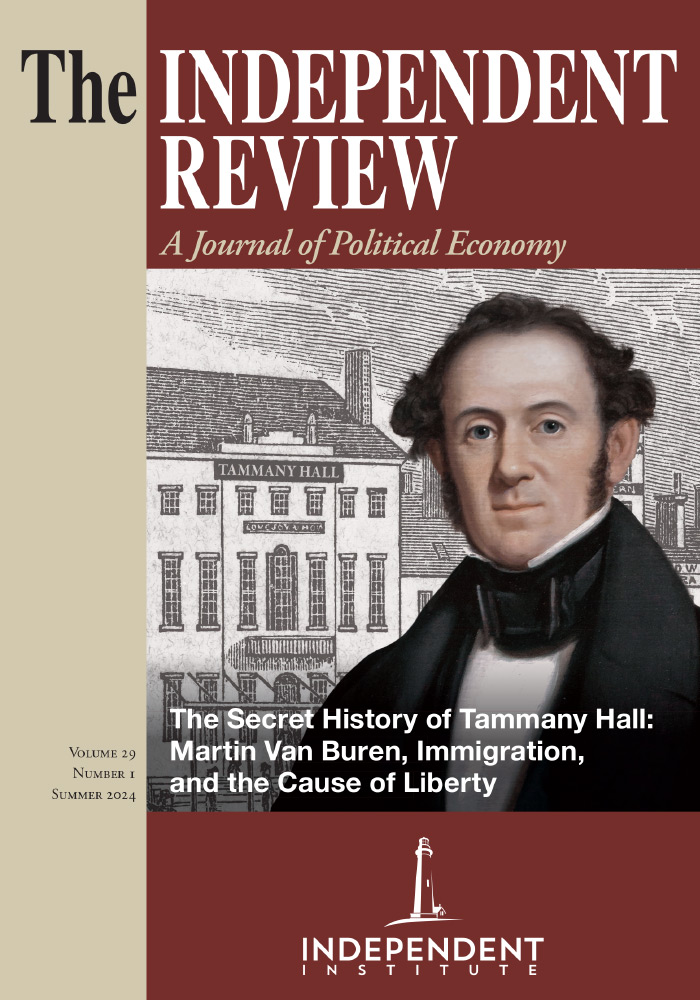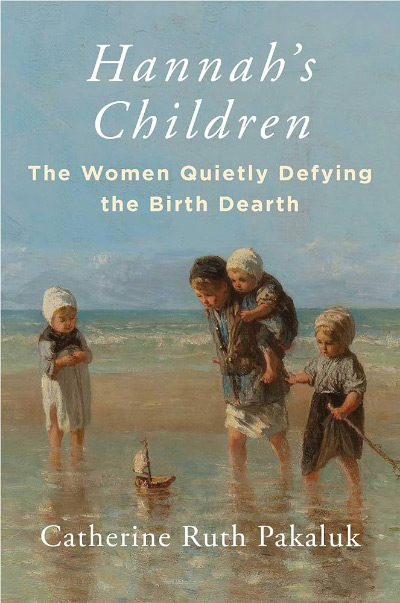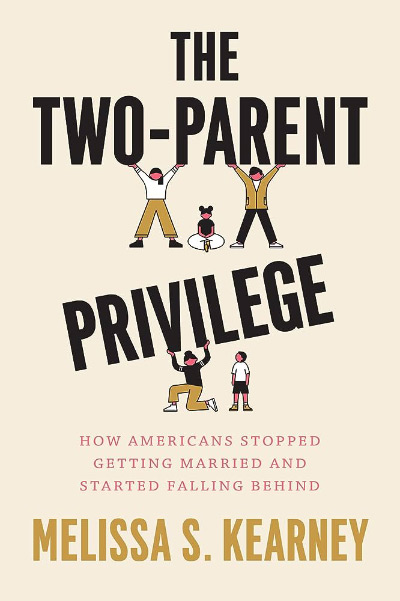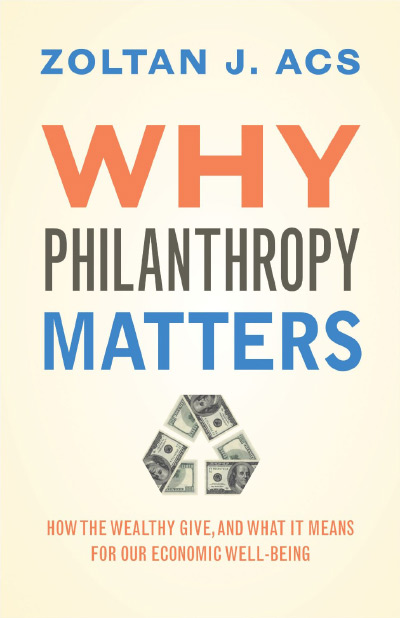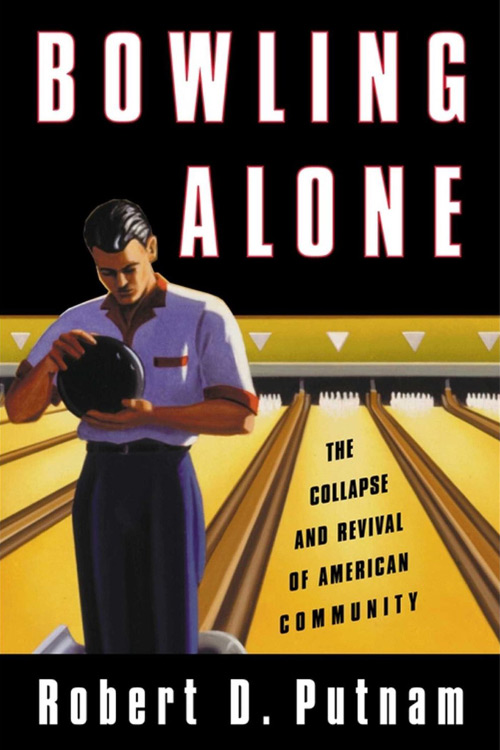For too long, women with large families have been deemed irrational. She must have dropped out of school to get married young. She must not “believe” in modern birth control technologies. She must not have attractive career options. She must be stuck in the past, probably lives on a farm. She must lack appropriate concern for her existing children and their quality of life.
These tropes do not describe the women introduced in Hannah’s Children. The fifty-five women interviewed by Catherine Pakaluk and her research team all have at least five children, and some probably live on farms, but all are college-educated, most have accomplished careers or a professional skill set, and many use birth control. “The 5 percent,” as Pakaluk calls them, are rational individuals who experience great costs when they choose to say yes to a child. In this book, Pakaluk is after the why—the benefits that occupy the other side of the scale. Turns out, there are many.
The women’s stories, and the humor, humility, and happiness found therein, are worth the read. They offer a glimpse of the fullness of life that seems to be elusive in any other endeavor besides faith and family. What is notable for social scientists, though, is how Pakaluk uncovers the economic metanarrative present in all fifty-five conversations. She doesn’t reduce “the 5 percent” to a demographic phenomenon. Instead, she searches for the subjective costs and benefits present in her subjects’ decision-making processes, the same kind of subjective costs and benefits that drive any other human choice.
The reasons she uncovers are mostly related to religion, but not all. The women included in the study who never intended to have large families, or never felt compelled to by their faith, seem to have stumbled upon a hidden treasure that unlocks meaning, purpose, and joy in the often-dismal journey of life. Some were explicit about children being “the fruit of their marriage,” or part of their “mission,” but most simply expressed a surprising delight in their children. They shared stories of children who were healthy and unhealthy, naturally easy and indescribably difficult, perfectly timed and poorly timed, and other challenges to which readers can relate. In every case, these mothers were honest yet optimistic—they had developed the ability to see growth in hardship and purpose in the mess of family life. They all had the sense that this endeavor would be something they would never, could never, regret.
There are practical reasons, too. Pakaluk employs more economics to explain the concepts of increasing marginal benefits and decreasing marginal costs applied to childbearing. “The rough idea was that the joy of an additional child reverberated among all the members of the family, especially when the older kids reached early teenage years and beyond. With more kids, there were more people to share the joy” (p. 149). Similarly, the burden of raising children decreased with more people involved. The sacrifices, such as shifting to part-time work, hiring the nanny, adjusting to less income, or getting the van, were most felt when number one, two, and three arrived. By four and five, many of the fixed costs had already been paid, and older children in the home helped out with the marginal load of diapers, chores, and entertainment. Of course, the physical demands of motherhood change with age too, but they reiterated the idea that the joy compounded.
Speaking in terms of subjective value changes the conversation about fertility. Pakaluk explains that no amount of government support can cover the subjective costs of having children. “The real resources to have a child never can come from the state,” she remarks, referring to the well of love and self-sacrifice that she observed in the study (p. 151). The demand for children among the educated and accomplished women included in Hannah’s Children was based on immeasurable value, something that their own opportunity cost of time and attention could not touch. While advanced degrees and career opportunities delayed some in starting their families, these choices were not inherently at odds. Danielle, Steph, and Jenn felt the costs intensely, but this could not overcome their higher reasons for diverting resources towards motherhood. “People will lay down their comforts, dreams, and selves for God, not for subsidies,” Pakaluk observes (p. 340). “Reasons of the heart” aren’t transformed by tax credits or transfers. This has profound implications addressed by Pakaluk in her final chapter.
One of the most striking aspects of Pakaluk’s documentation and analysis of high-fertility women is the socioemotional health and flourishing of their children and marriages. Against the backdrop of a mental health crisis among children and adults, the benefits of a large family appear to counter the discomfort of sharing a room or taking care of younger siblings. As women talked about the interactions among their children, they described the deep well of experiences and attitudes that result from being part of a large family “team”—attitudes like responsibility, selflessness, fulfillment, and happiness. These mothers seemed to believe that their children were actually better off because of the presence of one another. Again, though belonging to a large family may have prevented them from playing multiple sports at once or having a nest egg for college, their mothers observed a sense of deep joy, excitement, and maturity that bloomed amidst sibling companions. Pakaluk sets up a new research trajectory with the question, “What effect do babies have on the well-being of children and adults?” Over 20 percent of her subjects spoke of children as healing in their lives. “We’ve already tried everything else—exercise, therapy, new diets, and fancy medicines. The women I interviewed for this study thought we should try children” (p. 311).
This vivid image of family interactions as an input to healthy socioemotional development and life skills starkly contrasts the “quantity-quality” trade-off associated with economist Gary Becker (“On the Interaction between Quantity and Quality of Children,” Journal of Political Economy 81 [Spring 1973]: 279–88). This idea is framed in terms of investments into children, with “quality” meaning the amount of financial, educational, and training resources parents put towards their child’s success. In a sense, it accurately describes childbearing and parenting trends in the West. However, while this framework was never meant to predict the “quality” of a person, its shallow definition of human capital accumulation appears to plague the way people think about their children’s success. If our culture believes that smaller families produce higher-quality children, the stories of competent and compassionate siblings in Hannah’s Children stand in direct opposition, and they also propose a powerful potential explanation for the anxiety and depression plaguing isolated children who are growing up under great amounts of pressure.
Despite these observations, the work does not condemn those who have taken the alternative path; in fact, it validates the significance of the challenges to large families. Pakaluk’s qualitative work complements quantitative work in economics on the fertility gap, such as that of Clara Piano and Lyman Stone (“The Fertility Gap and Economic Freedom,” September 6, 2023). Hannah’s Children captures a wide audience because it inspires those considering their personal perspective on family, and it also informs those seeking answers about systemic barriers to fertility. Religious freedom is the only prescription Pakaluk believes will help families overcome the mounting costs—interviewees expressed a potent reliance on a community of faith to empower, support, and guide their families.
The women who represent “the 5 percent” of the female population have much to teach readers, even those who think choosing five or more children is irrational. Their families not only provide quite the spectacle at the grocery store; they also provoke questions that most intellectuals think they have surpassed, such as questions of generational legacy, meaning and purpose in life, self-sacrifice, and eternity. In exploring the “why” behind large families, Hannah’s Children represents the beauty of good social science. The women in Pakaluk’s “dataset,” and the stories behind their decisions, enthrall the imagination, the intellect, and the heart.

